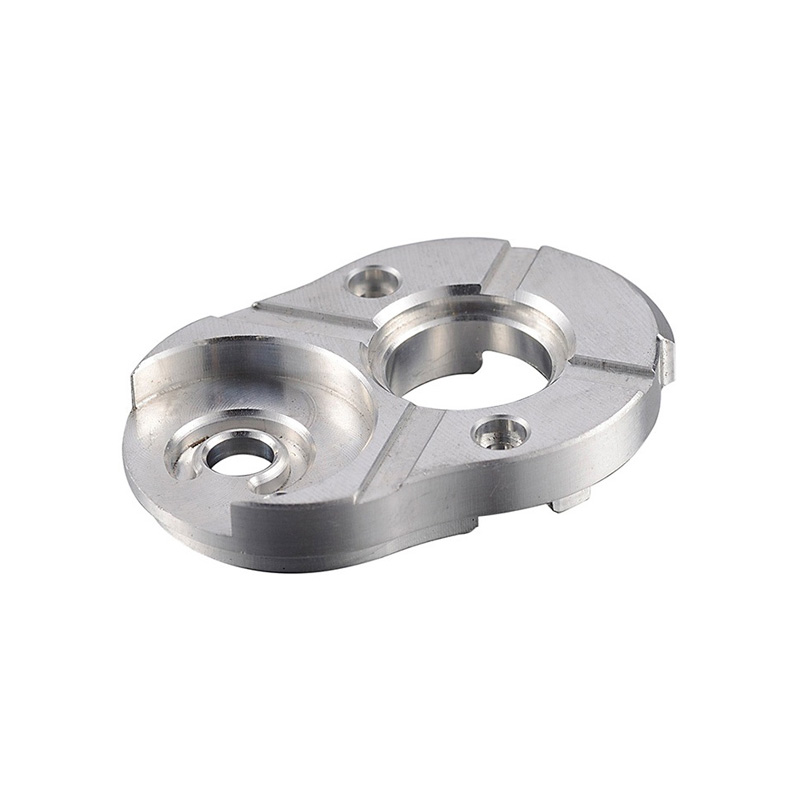BETTER TOUCH BETTER BUSINESS
Contact Sales at Lori.
Titanium alloys are widely used in aerospace, medical, automotive, and other fields due to their excellent properties. However, machining titanium alloys presents challenges, making the selection of the appropriate CNC machining method crucial.
Firstly, consider the complexity of the part. For titanium alloy parts with simple structures and moderate precision requirements, traditional milling might be a suitable choice. Milling can quickly remove large amounts of material, enhancing machining efficiency. However, for parts with complex shapes, high-precision features, or special surface requirements, such as aircraft engine blades, more advanced methods like Electrical Discharge Machining (EDM) or Electrochemical Machining (ECM) should be considered.
Secondly, choose based on the required machining precision. For applications demanding high dimensional accuracy and surface finish, such as medical implants, grinding or ultra-precision machining techniques may be necessary. These methods can achieve sub-micron or even nano-level precision.
Tool selection also impacts the machining method. Titanium alloys cause significant tool wear, so selecting the right tool material and geometry is essential. In some cases, employing High-Speed Cutting (HSC) or High-Performance Cutting (HPC) techniques with specialized tools can improve machining efficiency and quality.

Copyright © 2025 Shenzhen Lori Technology Co.Ltd. | All Rights Reserved.